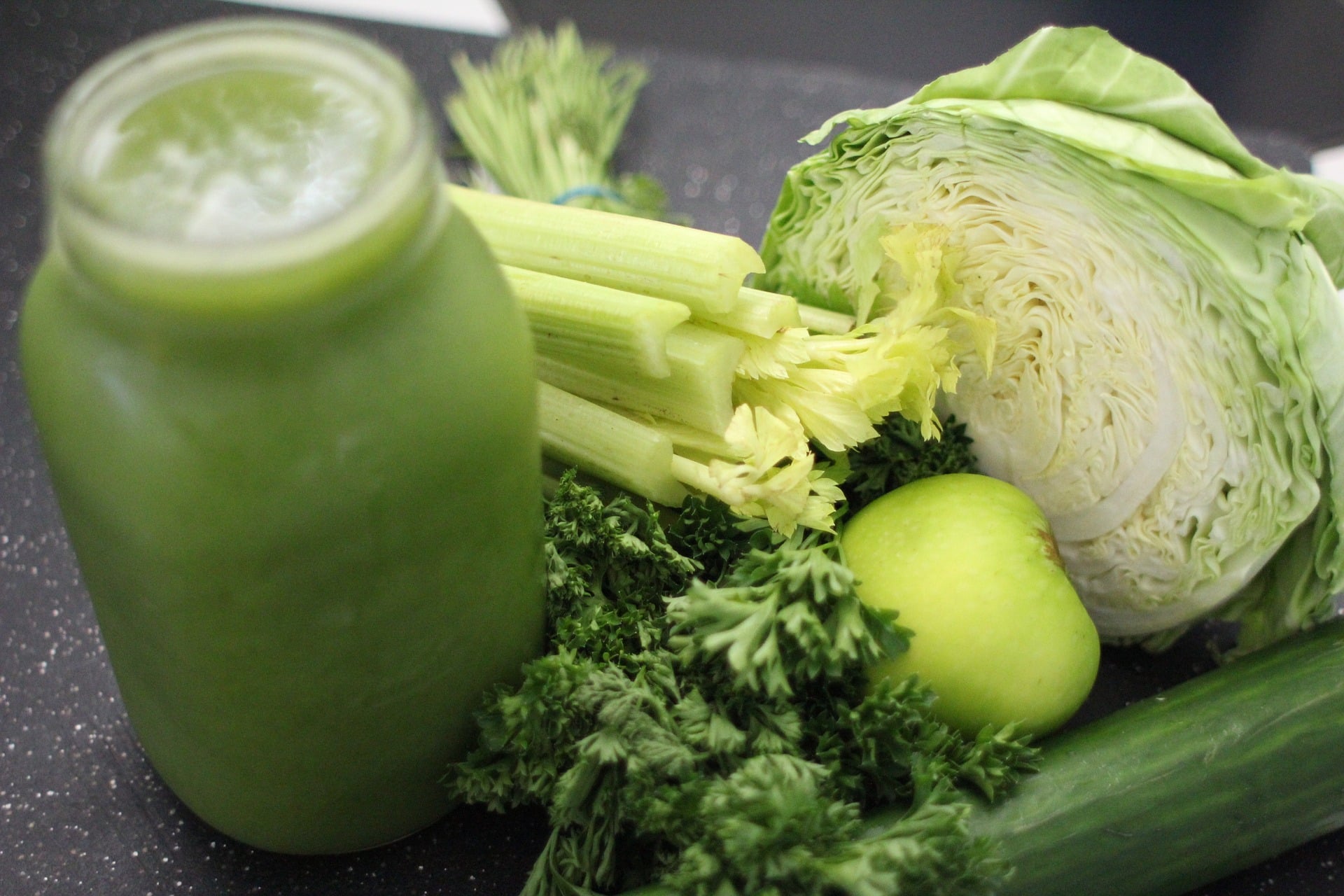Biggest Tech Failures in the Past Year
Major tech flops of recent times.
A lot of tech failures occur from attempting to solve a problem that isn’t a pressing issue or filling a specific need for consumers. The high-end technology listed below is expensive to say the least. As long as consumers can continue to fill their needs for cheaper with a similar product, minus the unnecessary smart features, these products will forever be deemed useless in tech history.
A lot of tech failures occur from attempting to solve a problem that isn’t a pressing issue or filling a specific need for consumers.
Juicero
Juicero launched starting at $699. While building up buzz for the product, the company hired 70 employees and raised $100 million from investors. Within a year of launching, the company cut their price in half. An investigation found that the pre-sold packets of diced fruits and vegetables and the machine itself were nothing more than squeezing a juice box with two mechanical hands. Bloomberg News reported that users could squeeze the packets themselves and turn the contents into juice at a faster rate than the pricey machine. The company allowed refunds and shut down for good on September 1st of 2017. Juicero became a symbol of a startup that raised large amounts of money for solutions to non-problems.

Kodak Ektra Smartphone
Kodak Ektra Smartphone arrived on shelves last May. Consumers were uninterested in a smartphone option that had poor battery life, unappealing visuals and a massive camera lens on the back that doesn’t take the amazing pictures it advertised. The phone was too expensive for its subpar quality. Since then, Kodak has made significant software updates and slashed its price from the original $400 start.
Griffin Connected Toaster
The Griffin Connected Toaster aimed to resolve yet another trivial issue. The toaster boasted Bluetooth features and prevented users from burning toast through an app. This smart toaster debuted at $99, a hefty price for an industry that offers regular toasters for $15. Although the technology of the toaster was successful, the product was deemed overpriced and unnecessary. Most households have stuck to their tradition of using a standard toaster, or even a toaster oven, that works just as well. The only difference is that users may have to watch their bread themselves until it reaches the desired crisp.
The Nokia Kerastase Hair Coach
The Nokia Kerastase Hair Coach is a $200 hairbrush that gives users an analysis of their hair through sensors. The sensors conduct a hair analysis and the hair coach feature provides feedback on how to correctly brush hair. The brush aggressively vibrates if it thinks users are being too harsh on their follicles. There is a microphone that listens in on hair brushing to give “insights into manageability, fizziness, dryness, split ends and breakage.” There are even sensors to determine if hair is wet or dry, in case users have difficulty in figuring it out themselves. General consumers have demonstrated that they still prefer standard, $5 brushes from the drug store.
Google Pixel Buds
“ADDITIONALLY, SIMPLY PLACING THE BUDS ON USERS’ EARS CAN’T ACTIVATE GOOGLE ASSISTANT. “
Google’s Pixel Buds wireless headphones had the right idea but lacked comfort. Currently, the headphones are priced $159. Users can tap the right earbud and ask Google Assistant anything, such as assistance in speaking 40 different languages. Unfortunately, the buds are a hassle. Several reviews complain of the buds being uncomfortable and the inconvenience of the cable connecting the two earbuds that either drape down users’ necks or dangle under their chins. The buds’ only redeeming feature is the high sound quality. It’s just not worth splurging on this product for sound alone.

